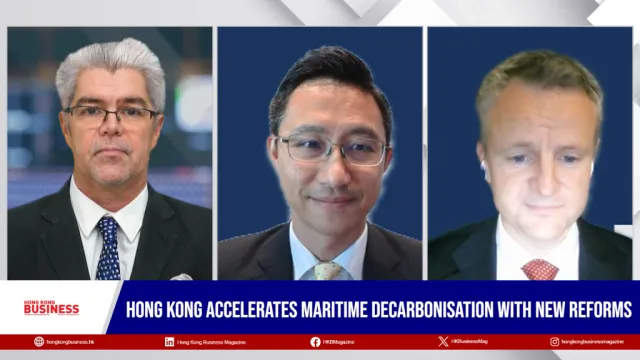Fraud 101: How to spot a fraudulent Hong Kong company
By Nick GronowFraud among companies operating in Hong Kong is prevalent, like it is in many cities across the Asia region, but unfortunately it can seem rife in Asia's world city given the jurisdiction's strong connection to businesses in mainland China.
There is no doubt, however, that fraudulent activity threatens the city's position as a trusted financial hub and gateway to Chinese business, which is why senior management, independent directors, investors, and regulators in the market should be vigilant in stopping the cycle before it leaves a staunch mark.
From our experience, fraud is not always committed directly for personal gain; fraud is often initially committed to mask the true position of a struggling business only to have the fraud spiral out of control. The most damaging form of fraud is financial statement fraud.
This is the deliberate misrepresentation, misstatement, or omission of financial information from the financial statements for the purpose of misleading the reader and creating a false impression of an organisation's strength — in other words, making a business appear more profitable than it actually is.
Whilst the size of financial statement fraud can be large (actually extremely large — think Enron, WorldCom, and Parmalat), the ways in which it occurs are actually rather limited. On an accounting level it can basically be broken down to the overstatement of revenue and the understatement of expenses or the overstatement of assets and the understatement of liabilities.
So what should investors and Hong Kong CFOs look out for to ensure they aren't engaging with fraudulent companies? There are common traits of fraud that our team has been privy to time and time again.
If financial statement fraud is to remain masked, a fraudster will usually need to implement what we call a false trading scheme. This involves setting up a series of controlled companies as suppliers and customers ('unrelated' and 'independent' counterparties, preferably incorporated in jurisdictions outside the company’’s main jurisdiction), which enables a 'legitimate' route for cash to be funnelled out of the company (via fake purchases invoices), usually at the expense of financiers through the provision of trade finance and term loans.
Siphoning money out of a business is of course an imperative part to committing fraud. So the purchasing of fixed assets or even an acquisition at an inflated price from an intermediary/connected party is one way to overstate the size of a business, hide the initial fraud, and also funnel cash out of a business to an 'unrelated' party.
Paramount to a fraud enduring is surviving the annual audit, but a few easy steps can ensure this becomes part of a fairly routine process to cover up the fraud.
Choosing remote and difficult to access inventory sites to prevent on-the-ground site visits, controlling all postal addresses to manage obligatory debtor and creditor confirmation letters, and carefully timing repayments from fake debtors are all fairly simple ways to ensure that on the surface — and for the auditor — things are in order.
Less than 5% of financial statement frauds are detected by auditors, although many of the clues to raise suspicion of fraud will be present there. In other words, investors should never simply trust audited accounts.
A key aspect of these types of fraud schemes that one often doesn't realise, is that fraud is expensive to conduct as it involves taxes to be paid on fraudulent gains, dividends to be paid to investors, interest to be paid on debt sourced to cover the real losses incurred by the business and those real losses must also be funded — by more debt.
This is a fundamental part of why the losses to financiers are so large when these companies collapse, and it brings us to another important and relevant issue — cash-flow.
Whilst it is relatively easy to overstate profit, it is much harder to overstate operating cash-flow. As such, amongst companies that conduct fraud, there is a high incidence of reporting positive and improving profitability (whilst actually incurring real losses), but also reporting negative operating cash-flow.
This is because over time the cash needed to fund the costs of fraud will restrict the extent of cash available to fund the fraudulent trading scheme.
Regardless of whether you are an investor with only an annual report and the internet at hand, a lender with access to transactional information, or a stakeholder privy to additional information, if you suspect fraudulent activity there will be warning signs for those that look diligently, inquire intelligently, and think carefully.




















 Advertise
Advertise






